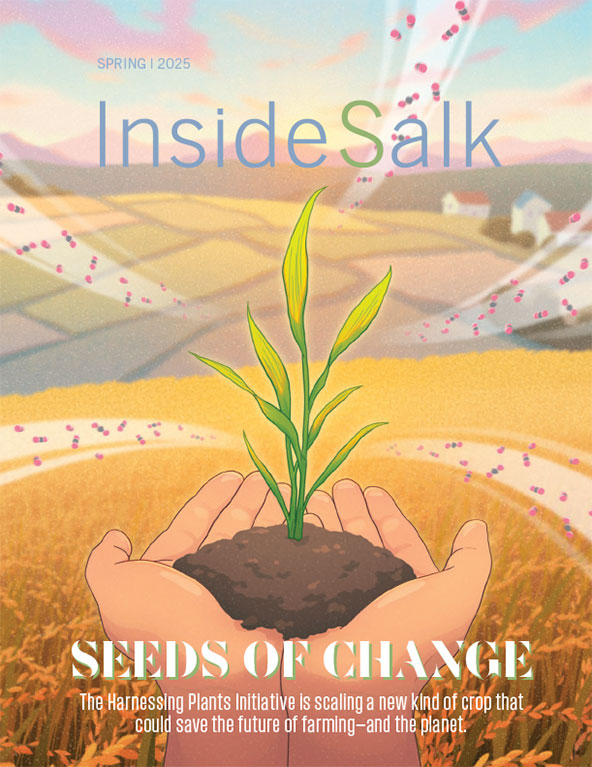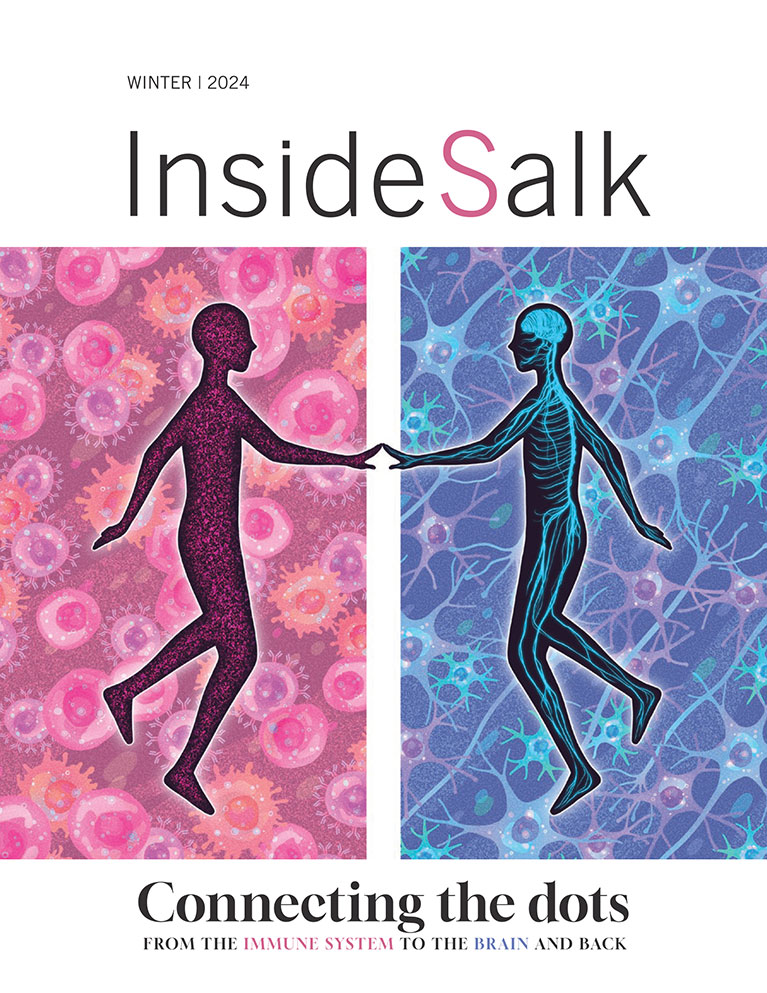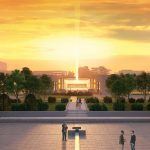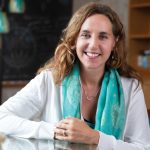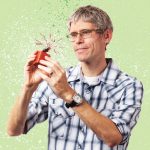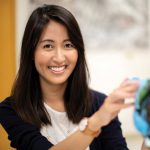When the Salk Institute was founded more than 60 years ago, Jonas Salk had a vision to attract the world’s top scientists to the cliffs of La Jolla where, working collaboratively, they could pursue answers to the most difficult health challenges facing humanity. Salk understood that an intimate physical environment could facilitate science across disciplines. He hired famed architect Louis Kahn to realize that vision in stunning buildings that are now considered masterpieces of midcentury architecture. The beauty of the Southern California coast, the opportunity to collaborate with scientists pursuing bold ideas to better humanity, and the architectural design of the buildings that overlook the Pacific Ocean would establish the Institute as one of the top scientific research organizations in the world.
In this issue of Inside Salk, we share our vision for the future of science at Salk. As stewards of Jonas Salk’s vision for the Institute, we are launching a five-year scientific and philanthropic initiative called the “Campaign for the Future: Building a More Resilient World.” Our focus on resilience is a shift from studying just the causes of disease to a more holistic approach that focuses on understanding the mechanisms animal and plant biology use to resist disease and protect health.
In particular, we are able to take this approach due to the rapid evolution in technology—including deep learning and computational biology—that has opened new avenues for pursuing answers to the biggest challenges of our time. However, to gather and make sense of the massive amounts of new biological data requires new types of science.
Our capacity to accelerate discoveries is limited in part by the lack of lab and research space to pursue new areas of science. Building more labs and space for discovery is an essential part of the Campaign for the Future, which features a new $250 million-dollar state-of-the-art Science and Technology Center. Thoughtfully designed in tribute to the original, midcentury aesthetic of Louis Kahn’s iconic structures, the new building will be constructed on the east end of the campus. It will be home to four Centers of Excellence in plant biology, cancer, healthy aging, and biological computation/engineering. This ambitious effort will allow us to reimagine the campus, expand the use of computational biology to advance discoveries across the Institute’s disciplines and realize the critical new space we need to pursue important science for decades to come. I look forward to sharing more about this ambitious campaign with you in the months ahead.
This issue profiles Salk Professor Susan Kaech and explains how she is leading the Institute’s research on infectious disease and immune biology as director of the NOMIS Center for Immunobiology and Microbial Pathogenesis. We share how Postdoctoral Scholar Nuttida Rungratsameetaweemana uses computational methods to look at brain states that lead to seizures and details of Staff Scientist Carl Procko’s journey to Salk from Australia and how his study of Venus flytraps informs the larger field of plant genetics.
As we embark on the Campaign for the Future, I want to take the opportunity to thank each of you for your support and steadfast dedication. Together, we will turn dreams into reality and help shape the pursuit of scientific discover at Salk for a new generation.
Sincerely,

Fred H. Gage
President, Salk Institute
